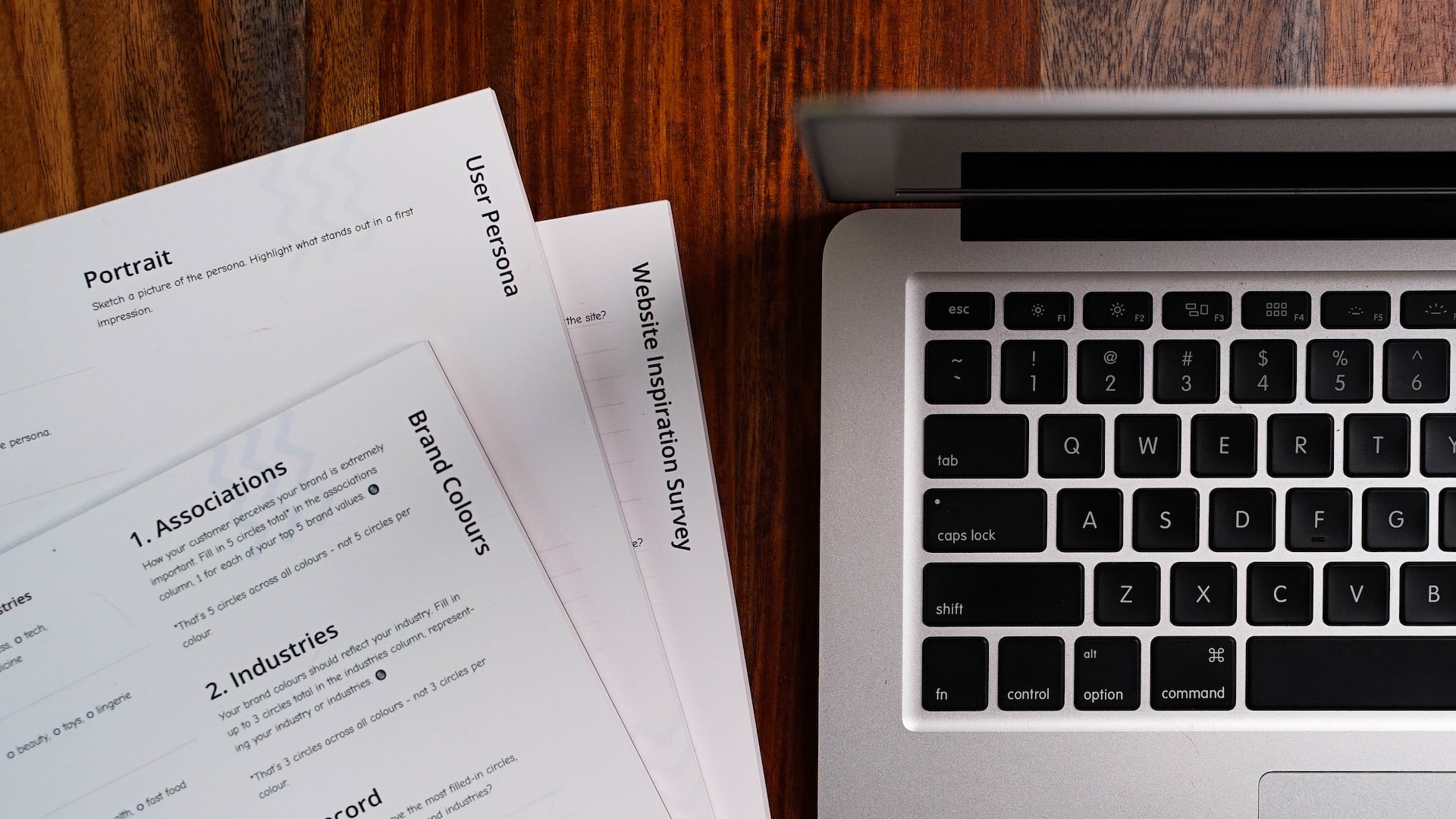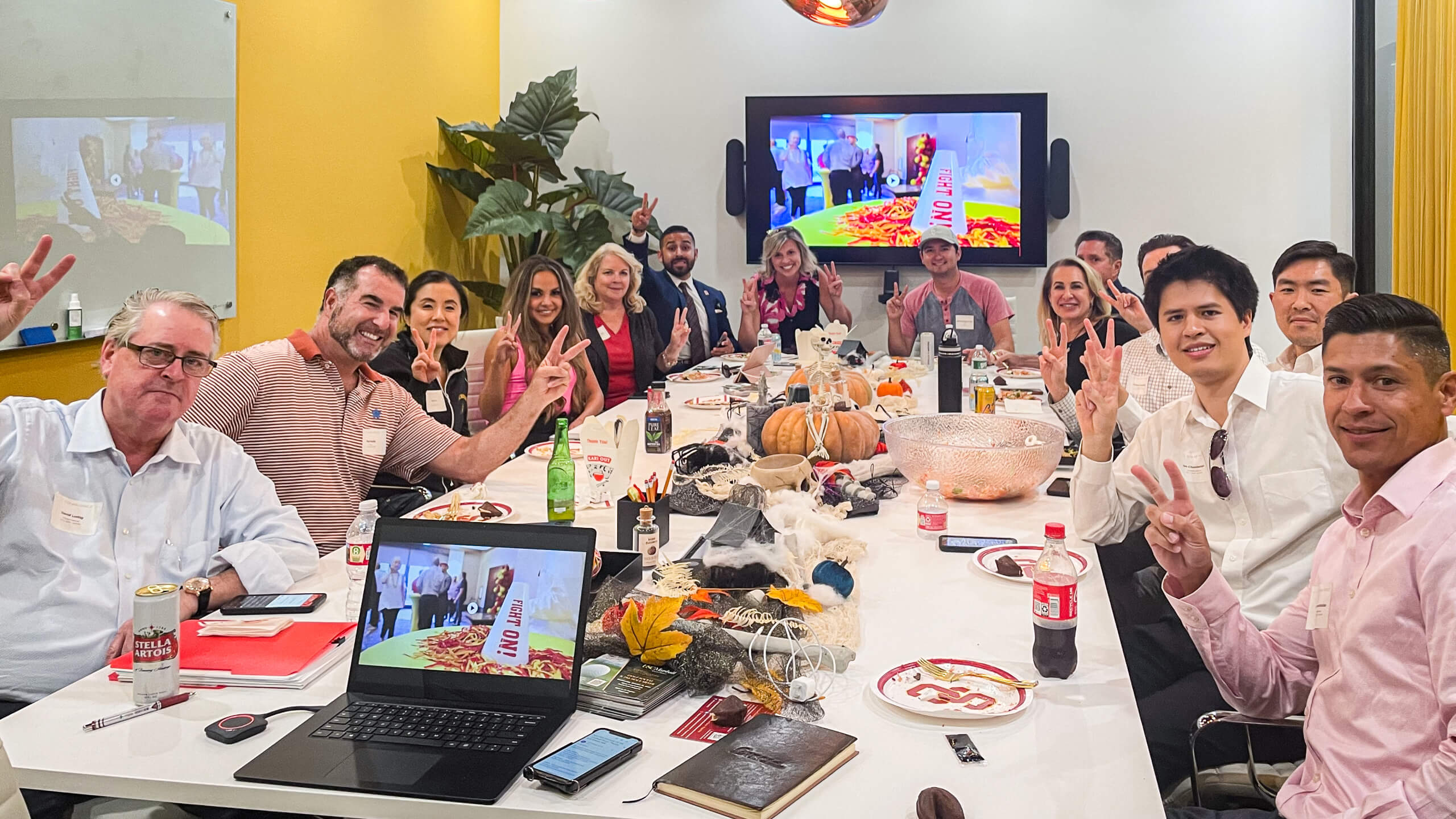Like most things in our post-pandemic work environment, onboarding new staff looks different than it used to.
In the past, new employees were typically brought up to speed at the office and they’d integrate into company culture in person with their colleagues.
But now that remote and hybrid work is so popular, new strategies are needed.
Here’s how to modernize and optimize your onboarding experience for new employees in 2023.
Onboarding in 2023: Why It’s More Important Than Ever
The importance of effective onboarding can’t be overstated. When done well, a well-planned onboarding process can:
- Warmly welcome a new employee and build a sense of belonging
- Set clear expectations about the company and role
- Introduce the staff member to the company culture
- Explain and clarify roles and responsibilities
- Improve employee retention by equipping employees to do their role
- Establish trust and improve working relationships
- Reduce employee stress and anxiety
Pre-pandemic, onboarding typically happened face-to-face and employees got to interact with other people in a common workspace.
Today, remote work is changing things. Distance makes it harder to integrate into a team and company culture, which may lead to higher staff turnover. Further, employees today have more options than ever before and may be quicker to move elsewhere if they don’t feel settled in their role.
For these reasons, companies need to be more intentional than ever about creating an engaging onboarding experience.
Your Modern Onboarding Strategy: Two Focus Areas
To modernize your onboarding practices in 2023, focus on two key areas—the technical side and the relational side.
Technical Onboarding: Systems, Processes, and Documentation
The technical portion of the onboarding process ensures that the employee receives all the pertinent information and knowledge they need to do their job.
Here are a few things to think about:
- Update your policies and procedures: Your company has likely shifted some policies and procedures over the pandemic to include things like a remote work policy or updated health procedures. Make sure this is updated for your new employee to review and understand.
- Digitize your training material: Ensure all of your documentation, training materials, and company information is digitally available. It should be organized in a central area, such as a company drive or intranet.
- Revise your delivery methods: If most of your onboarding will be done virtually, consider creating videos or interactive online methods of training (i.e., quizzes, games). This can help streamline the experience for your employee and reduce the total time spent.
- Set up an office space: Workspace is a little more complicated in our post-pandemic world. Many people today work on a hybrid schedule, with some time at home and some time in the office. If they’re setting up a home office, ensure they have what they need to do their work; consider a stipend or company-issued equipment to ensure they have what they need. Then, explain how your company manages a shiftwork schedule when employees are in-person at the office or flexible workspace.
- Prepare software: Go through all the necessary programs your new employee will need and ensure they have access to it. You don’t want to waste precious onboarding time with tech issues, so do this in advance and have it ready to go for their first day. You can also give them an overview of how your organization uses different apps for communication and what the expectations are surrounding it.
Relational Onboarding: Connections and Company Culture
It’s a mistake to leave onboarding at the technical side.
Your employee might understand their role and responsibilities and have access to company software or platforms.
But without the second part of onboarding—relationships and building connections—they’re unlikely to feel excited and engaged with the work and form valuable personal connections with their colleagues. Fostering relationships can help build a sense of belonging right away and help ensure a smoother transition into the role.
Here’s how to address the relational side of onboarding:
- Make introductions: It’s basic but important. In-person onboarding often involves walking around with a new hire to introduce them to all the other team members. But if people are working remotely, this isn’t as organic or natural. Be intentional about setting up quick Zoom meetings (or another virtual method) between the new employee and their colleagues. This makes it a priority and ensures introductions are actually made. Another priority should be to introduce them at your next staff meeting as well.
- Schedule a check-in: End your onboarding process by scheduling the next check-in meeting. Having something on the calendar will both ensure it happens and let the employee know you’re interested in their progress.
- Facilitate socialization: Organic interaction and “water cooler” talk are missing from remote work. But, it’s so important for the success and engagement of your employees. We wrote an article with 6 ideas to boost work team dynamics by fostering social connection.
- Provide a central workspace: Building from the last point, social interaction matters. Prioritize in-person connection through a central workspace. A flexible workplace like Colab Space, for example, offers a variety of options: private offices if you want something just for your team, or a dedicated desk or hot desk membership for something more flexible. To learn more, read about why hybrid offices are the future of work and how to set yours up.
- Develop ongoing learning opportunities: Learning doesn’t end once an employee’s initial onboarding is done. Blend this time into continuous learning opportunities by setting them up with a mentor, further training, or professional development pathways. This will demonstrate an ongoing commitment to their growth while increasing interpersonal touchpoints with other people in the organization.
Onboarding may look a bit different today, but it’s no less important.
By focusing on both the technical and relational aspects of a new employee’s onboarding experience, you can modernize your approach to ensure a seamless transition and future success.
If you’re looking for a workspace community that helps build camaraderie and collaboration, book a tour of The Colab Space today.


